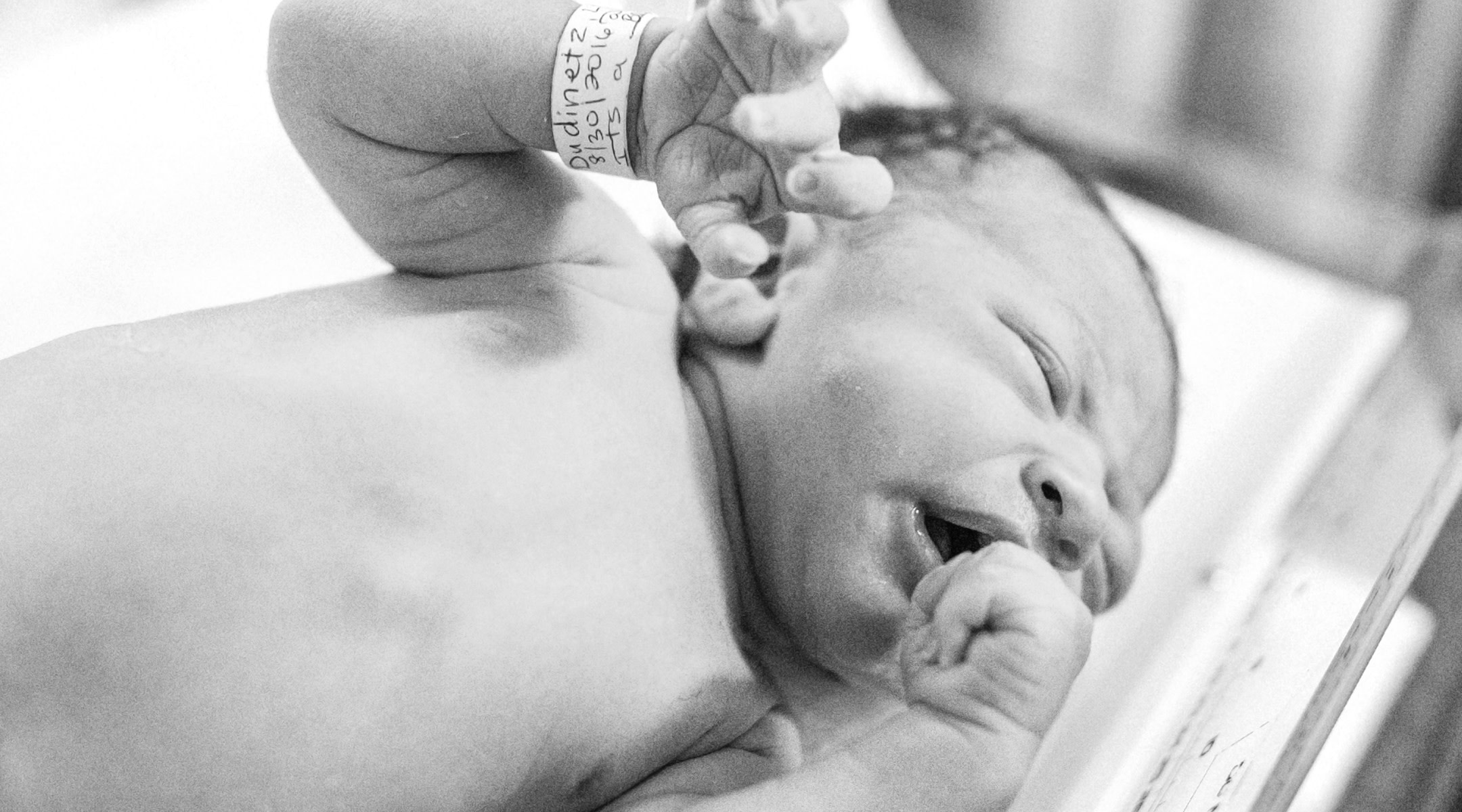Why Doctors Should Wait Five Minutes Before Clamping the Umbilical Cord, According to Study
Delaying the umbilical cord clamping for five minutes may benefit healthy newborns, according to a recent study from the University of Rhode Island. The study challenges immediate cord clamping, and says waiting those extra minutes results in increased iron stores and brain myelin in areas important for early functional development.
The research project began in October 2012 and included about 70 healthy babies. The babies were observed at birth and periodically throughout their early life. At four months, the babies had an MRI during naps or bedtimes. Their blood was also drawn for iron indices, including ferritin, a blood cell protein containing iron that aids in the formation of myelin.
Myelin is a fatty substance in the brain that wraps around all of the axons of the nerve cells. “It’s assumed that the better the myelination, the more efficient the brain processing is," Erickson-Owens says. The parts of the brain affected by increased myelination are associated with with motor, sensory processing/function and visual development.
The benefit of delayed cord clamping isn’t necessarily a new topic. Back in 2017, the American College of Obstetricians and Gynecologists (ACOG) recommended not cutting baby’s cord immediately, suggesting a delay between 30 seconds to a minute after birth.
Other organizations offer longer recommendations for the delay. The World Health Organization, for example, suggests waiting a full minute, and the American College of Nurse–Midwives says two to five minutes is ideal.
“Waiting five minutes or more before clamping the umbilical cord, while infants are held skin-to-skin with the mother, leads to more myelin development,” Debra A. Erickson-Owens, a certified nurse-midwife who co-conducted the study, says. “This is a low-tech, low-cost technique that we believe can mitigate iron deficiency and vulnerability to anemia.”
Please note: The Bump and the materials and information it contains are not intended to, and do not constitute, medical or other health advice or diagnosis and should not be used as such. You should always consult with a qualified physician or health professional about your specific circumstances.
Navigate forward to interact with the calendar and select a date. Press the question mark key to get the keyboard shortcuts for changing dates.




















































